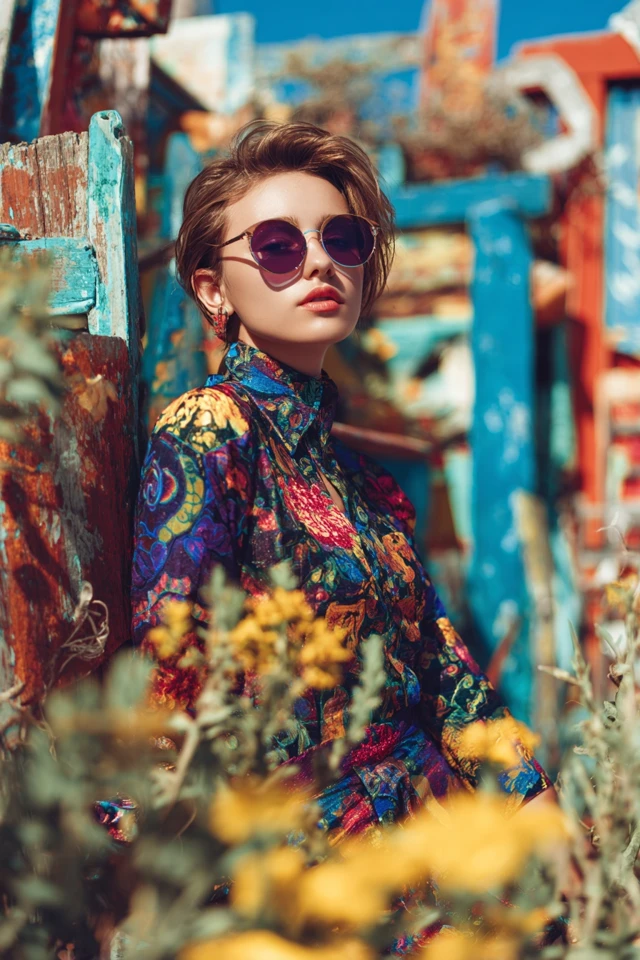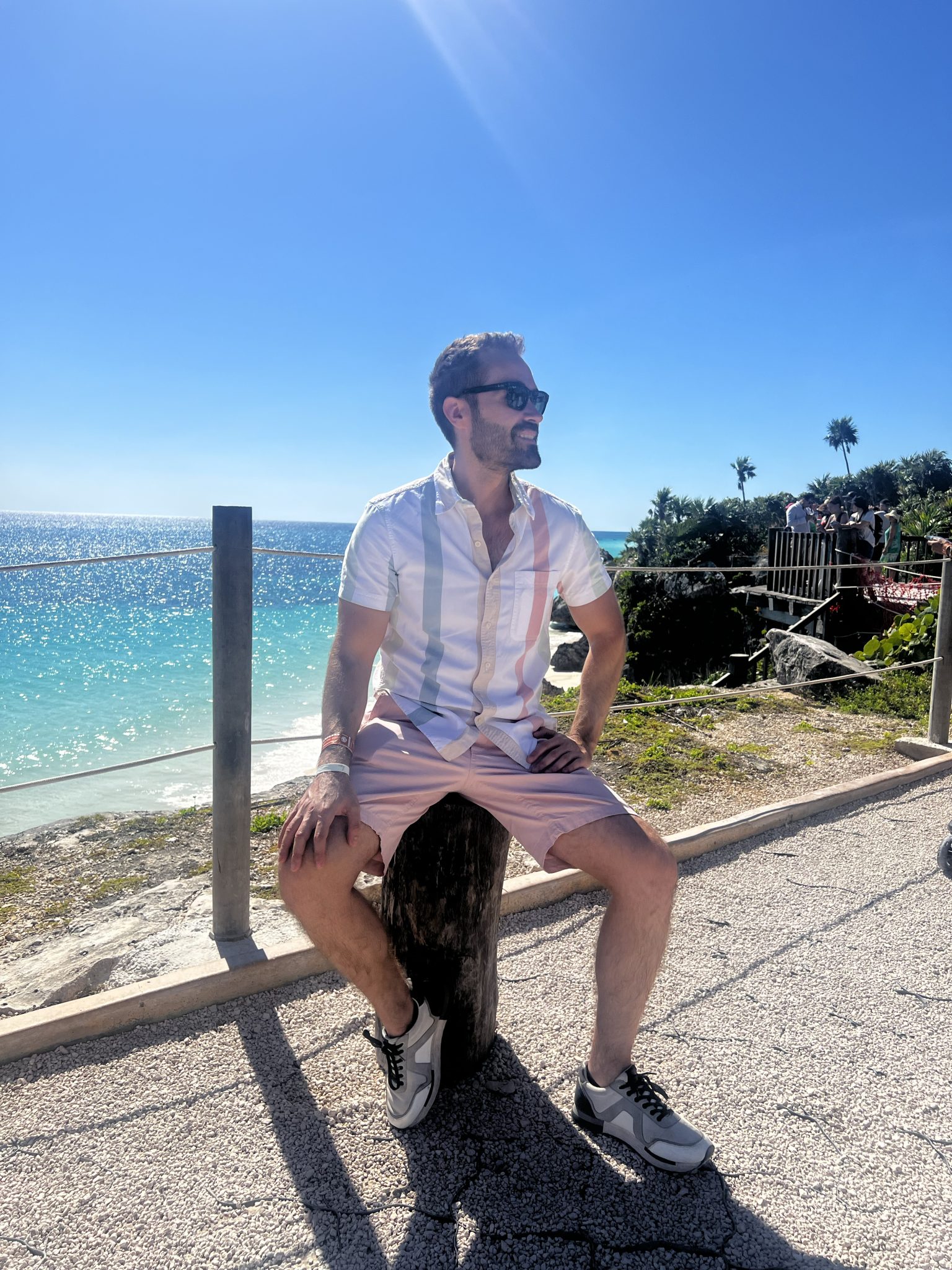Introduction
One crisp morning, as I sipped my coffee in a quaint café, I noticed a woman walking by—her effortless style immediately captured my attention. She wore a soft cashmere sweater paired with tailored trousers and classic loafers, her look exuding an understated elegance that seemed timeless yet freshly modern. It was a moment that perfectly captured the essence of casual old money fashion, a style that conveys quiet confidence without ostentation.
Casual old money fashion is not just about clothing; it’s a visual language that reflects heritage, taste, and a deep understanding of personal style. Unlike fleeting fast-fashion trends, this style is rooted in tradition, quality, and subtlety. It effortlessly blends sartorial discipline with comfort, showcasing how dressing to impress doesn’t require loud logos or trends but instead thoughtful choices and a nuanced color palette.
About the Author and My Trend Boutique
Understanding casual old money fashion is vital for anyone looking to cultivate a style that enhances their self-confidence and social perception. As a fashion designer and color psychologist, I’ve observed how deliberate styling choices influence not only how others perceive us but also how we carry ourselves. In this post, I’ll guide you through foundational concepts, the emotional impact of color, and practical advice so you can master this sophisticated aesthetic while adding your own modern flair.
Foundational Concepts
To truly appreciate casual old money fashion, it’s essential to grasp the intersection of several critical ideas: color psychology, trend forecasting, and the art of dressing to impress.
Color Psychology
Colors communicate powerful messages even before words are spoken. In fashion, they influence mood, perceptions of status, and interpersonal interactions. For example, deep navy conveys trust and authority, while soft pastels evoke calmness and accessibility. This subconscious messaging plays a pivotal role in old money style, where muted, classic hues project timeless elegance.
Trend Forecasting
Though old money fashion leans on tradition, it isn’t static. Trend forecasting allows style-savvy individuals to incorporate subtle contemporary touches without compromising the hallmark sophistication. Research from fashion institutes highlights how movements toward sustainability, personalized tailoring, and vintage revivals enrich the old money aesthetic, keeping it relevant.
Dressing to Impress
Dressing to impress is not about impressing others for the sake of vanity but about aligning your outward presence with your inner confidence and aspirations. It’s rooted in research that shows people who feel well-dressed perform better professionally and personally. The casual old money look epitomizes this principle by blending quality materials, impeccable fit, and thoughtful layering to create an image of relaxed refinement.
Picture Gallery
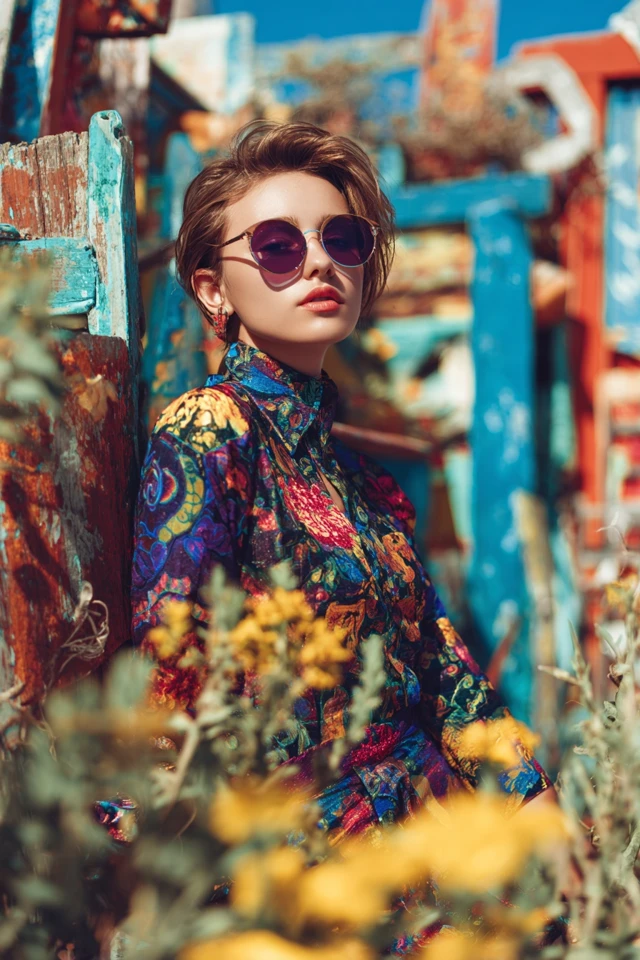
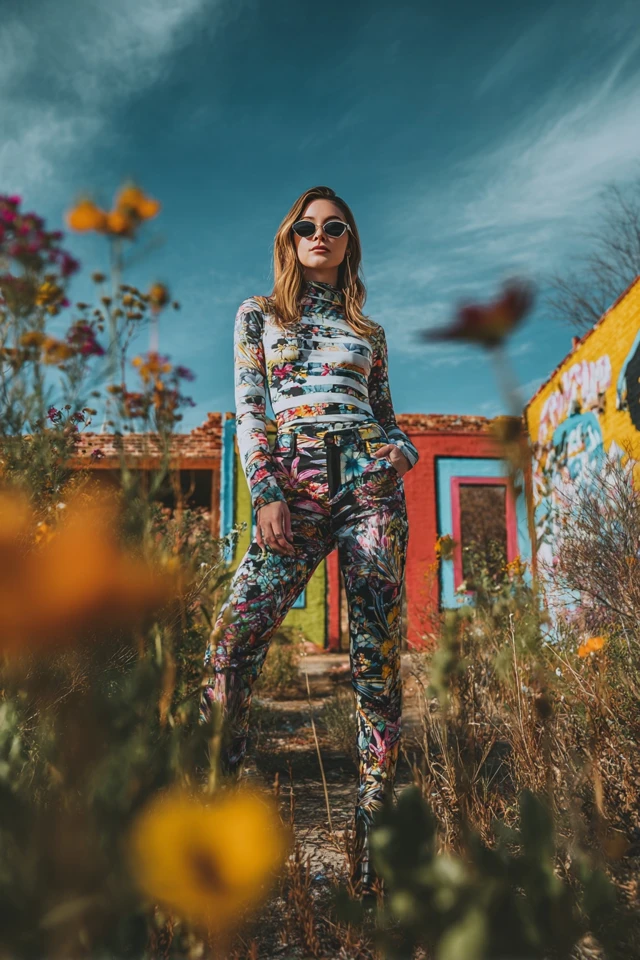
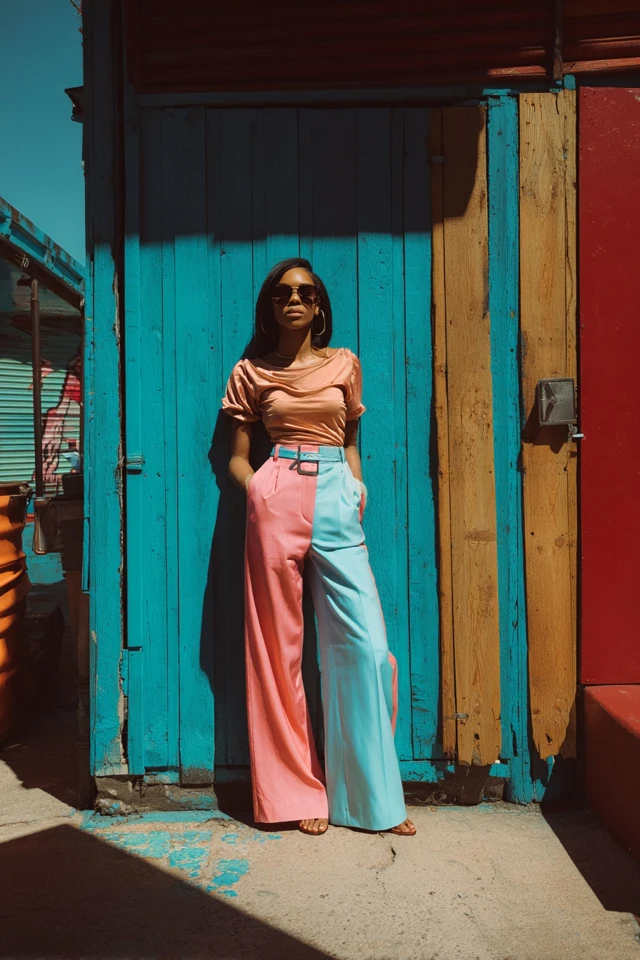
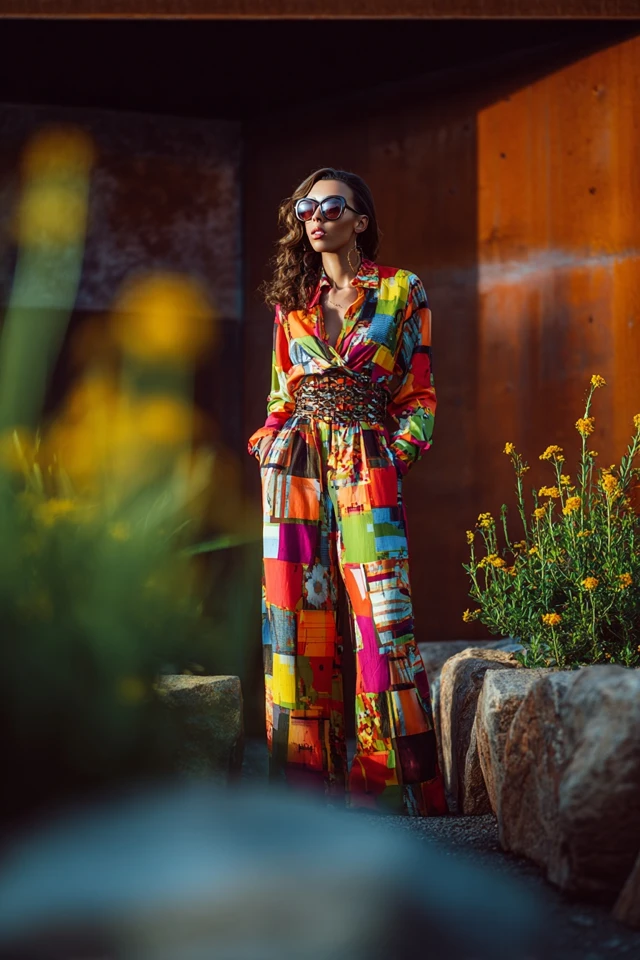
Color Psychology & Emotional Impact
Colors wield a profound emotional impact that goes beyond aesthetics. They influence our mood, motivation, and how others perceive us on first impression. Studies in color psychology confirm that certain hues can evoke feelings of confidence, calm, or authority — all crucial in crafting an old money look.
For example, navy and forest green are staples in old money wardrobes because they project stability and sophistication. These colors are perceived as trustworthy and grounded, which aligns with the understated power of this style. Beige, cream, and camel tones evoke warmth and approachability, while subtle blush tones introduce softness without losing gravitas.
First-impression science emphasizes color’s role in social perception. Wearing refined, muted colors signals discretion, intelligence, and reliability. This is why casual old money fashion shies away from overly bright or trendy colors, preferring a palette that supports a composed and dignified presence.
Personal Style & Body Type Considerations
Casual old money fashion is inclusive and adaptable, but optimizing it means respecting your unique body type and complexion. Selecting silhouettes, fabrics, and colors that complement your natural features enhances both comfort and confidence.
- Silhouettes: Classic cuts such as tailored blazers, straight-leg trousers, and A-line skirts flatter many body types by emphasizing natural lines without clinging too tightly. For pear shapes, emphasis on structured shoulders and flowing skirts balances proportions. For apple shapes, lightweight layers and V-necklines elongate the torso.
- Fabrics: Natural fibers like cashmere, silk, and fine wool align with the old money ethos and offer breathability and durability. These fabrics drape beautifully and elevate casual silhouettes.
- Hues: Choose colors based on your undertones—cool complexions benefit from navy, slate, and icy pastels; warm skin tones glow in camel, olive, and rust. Neutral bases like cream, beige, and white work universally.
Personal Style Checklist
- Do you prefer structured or relaxed clothing?
- Which colors make you feel confident? (Try navy, camel, blush, or forest green.)
- Do your clothes fit comfortably without excessive tightness or looseness?
- Are your wardrobe fabrics natural and breathable?
- Do your outfits in muted tones align with your lifestyle and personal taste?
Current Trends & Timeless Classics
Old money fashion beautifully balances timeless pieces with subtle nods to current trends. This season’s trends focus on sustainable fabrics, minimalist tailoring, and elevated basics—perfect complements to the old money wardrobe.
Trending Colors: Soft sage greens, deep terracotta, and warm taupe hues are making waves, adding a fresh yet sophisticated touch to classic palettes.
Styles to Watch: Oversized blazers, high-waisted straight-leg trousers, knitted polo sweaters, and delicate gold jewelry blend the past with present seamlessly.
Timeless Classics: Crisp white button-down shirts, navy blazers, well-fitted khakis, and camel trench coats remain foundational. These pieces anchor your wardrobe and ensure longevity beyond seasonal shifts.
By integrating trending elements sparingly—for example, a sage green cashmere sweater with classic beige trousers—you maintain the integrity of the old money aesthetic while keeping your look fresh and modern.
Practical Tips & Recommendations
Crafting a casual old money wardrobe requires thoughtful curation, care, and styling. Here are actionable tips to elevate your closet:
- Shopping Advice: Prioritize quality over quantity. Seek out natural fabrics with excellent craftsmanship from trusted brands or vintage stores. Invest in timeless staples before adding trend-based accessories.
- Wardrobe Maintenance: Proper care extends garment lifespan. Hand wash delicate items like cashmere, store leather shoes with trees to maintain shape, and routinely tailor pieces for the perfect fit.
- Layering: Master layering neutral tones and textures—pair a cream turtleneck under a navy blazer or mix camel with white for visual interest without losing understated elegance.
- Accessories: Minimalist gold or pearl jewelry, leather belts in cognac or dark brown, and classic watches enhance sophistication without overwhelming outfits.
- Color Combos to Try Now: Navy and blush, camel and white, olive and cream, and terracotta and beige. These combinations balance warmth and depth while complementing many skin tones.
FAQs
- Q1: How do I find my signature color in old money fashion?
A1: Start with neutrals like navy, camel, or cream and observe which colors make you feel most confident and comfortable. Experiment with subtle accents in complementary tones. Your signature color should enhance your complexion and feel natural to wear.
- Q2: Can casual old money fashion be budget-friendly?
A2: Absolutely. Focus on versatile basics, shop quality second-hand or vintage, and gradually build your wardrobe. Prioritize items with enduring style and invest in key pieces over fast trends.
- Q3: How do I create a capsule wardrobe with an old money vibe?
A3: Select 20-30 pieces in classic cuts and neutral tones that mix and match effortlessly. Include tailored trousers, button-downs, cashmere sweaters, and structured outerwear. Accessories should be minimal and elegant to complement your outfits.
- Q4: How important is fit in casual old money fashion?
A4: Fit is paramount. Well-tailored clothing signals care and attention to detail, essential in this style. Invest in tailoring to adjust pieces to your body for a polished and effortless look.
- Q5: Can I incorporate patterns into casual old money fashion?
A5: Yes, but opt for subtle patterns like thin stripes, small checks, or classic houndstooth in muted colors. Overly bold or loud prints can detract from the understated elegance of the style.
Conclusion
Casual old money fashion is a sophisticated blend of tradition, subtlety, and mindful elegance. Through understanding foundational concepts, the emotional impact of colors, and aligning choices with your body and personal style, you can cultivate a wardrobe that boosts confidence and projects timeless refinement. Remember, dressing to impress isn’t about chasing trends but about expressing your authentic self with intention and grace.
I encourage you to experiment thoughtfully with colors, silhouettes, and textures within this framework. Share your journey, ask questions, and subscribe for more insights that empower your style evolution. Your wardrobe is a canvas—paint it with confidence and creativity.

